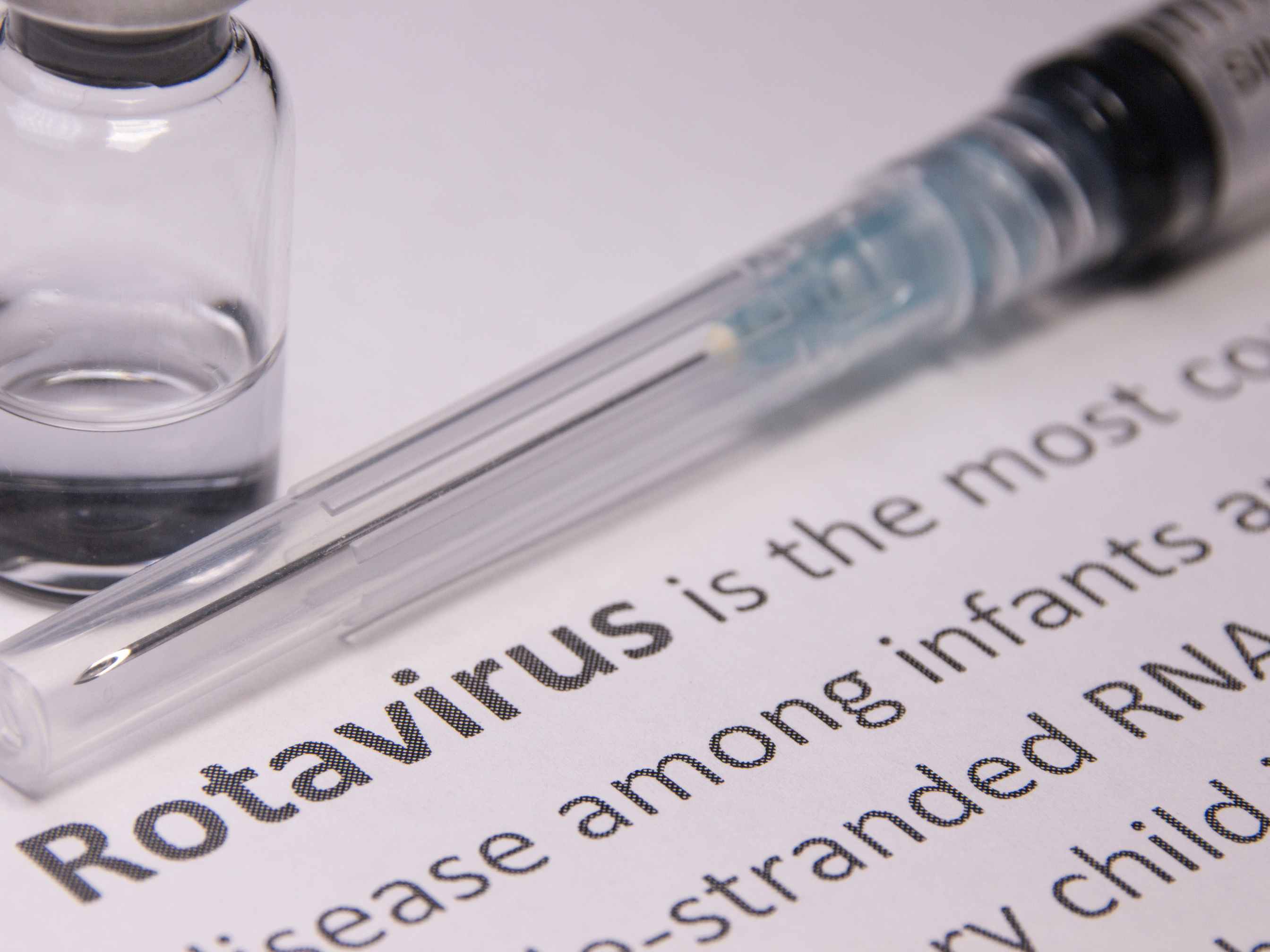Understanding Female Infertility: Causes, Symptoms and Treatment Options
Overview
Female infertility is a complex condition marked by difficulty in conceiving despite regular, unprotected intercourse for a year or more. Around one-third of infertility cases are attributed to female factors, while another third involves both female and male factors. In many instances, the root cause of infertility is difficult to pinpoint, and while some couples achieve pregnancy without medical intervention, a range of fertility treatments is available for those who need it.
Symptoms of Female Infertility
The primary symptom of female infertility is the inability to conceive. However, certain irregularities in the menstrual cycle may indicate fertility issues, such as cycles lasting 35 days or longer, shorter than 21 days, or missed periods. In some cases, there may be no other noticeable symptoms.
Causes of Female Infertility
Identifying the exact cause of infertility can be challenging, as there are multiple factors that could be at play. The most common causes include:
- Uterine Issues: Conditions like polyps, fibroids, or adhesions (scarring) in the uterus can impact fertility. Polyps and fibroids can form independently, while adhesions may result from procedures like dilation and curettage (D&C).
- Fallopian Tube Problems: Blocked fallopian tubes often stem from pelvic inflammatory disease (PID), which is commonly caused by untreated infections such as chlamydia or gonorrhea. Endometriosis can also lead to scarring in the fallopian tubes.
- Ovulation Disorders: Irregular or absent ovulation is frequently due to hormonal imbalances, thyroid issues, severe stress, or eating disorders. Conditions like PCOS (polycystic ovary syndrome) and primary ovarian insufficiency (POI) are significant contributors.
- Egg Quality and Quantity: Women are born with a limited number of eggs. Issues like premature egg depletion or chromosomal abnormalities can affect egg quality, making conception difficult.
Leading Cause of Female Infertility
The most frequent cause of infertility in individuals with a uterus is problems with egg production and release, often due to ovulation disorders. Conditions such as PCOS and POI, where the ovaries stop functioning before age 40, are common contributors to ovulation issues.
Risk Factors
Certain risk factors can elevate the likelihood of infertility in women. These factors may include:
- Age: Fertility naturally declines in the 30s and beyond.
- Hormonal Imbalances: Conditions that affect normal ovulation.
- Weight: Both obesity and being underweight can negatively affect fertility.
- Endometriosis: Tissue growth outside the uterus can lead to fertility problems.
- Lifestyle Factors: Smoking, excessive alcohol intake, and poor diet are also linked to reduced fertility.
- Other Medical Conditions: Conditions like STIs, fibroids, and ovarian cysts can contribute to infertility risks.
Treatment Options for Female Infertility
Treatment for female infertility depends on the underlying cause, as identified by a healthcare provider. Common treatments include:
- Surgery: Procedures to address structural issues, blockages, or scarring.
- Fertility Medications: These medications correct hormonal imbalances and stimulate ovulation.
- Antibiotics: In cases where infections impact reproductive organs, antibiotics can help.
- Fertility Awareness Methods: Monitoring ovulation cycles, tracking cervical mucus, and using ovulation predictor kits can help identify optimal conception times.
In some cases, advanced treatments like intrauterine insemination (IUI) or assisted reproductive technologies (ART), such as in vitro fertilization (IVF), may be necessary.
Can Female Infertility Be Prevented?
While not all causes of infertility are preventable, adopting a healthy lifestyle can mitigate some risk factors. Here are a few tips to support fertility:
- Limit Alcohol and Quit Smoking: These changes can significantly improve reproductive health.
- Maintain a Healthy Weight: Staying within a healthy weight range benefits fertility.
- Balanced Diet: Eating nutrient-dense foods supports overall and reproductive health.
- Regular Exercise and Sleep: Moderate physical activity and adequate rest help maintain hormonal balance.
- Supplements: Fertility supplements with Myo-Inositol and White Kidney Beans have shown benefits in supporting conception and regulating menstrual cycles.
Regular Health Screenings
It’s essential to schedule regular checkups with a gynecologist, particularly once you begin engaging in sexual activity. Routine screenings and preventive care can help detect and address reproductive health issues before they impact fertility.
Final Thoughts
Female infertility can be challenging, but understanding the symptoms, risk factors, and treatment options is empowering. Many women facing infertility successfully conceive with medical support, lifestyle adjustments, and patience. Maintaining a proactive approach to reproductive health can optimize the chances of conceiving and ensure a healthy pregnancy when the time is right.












